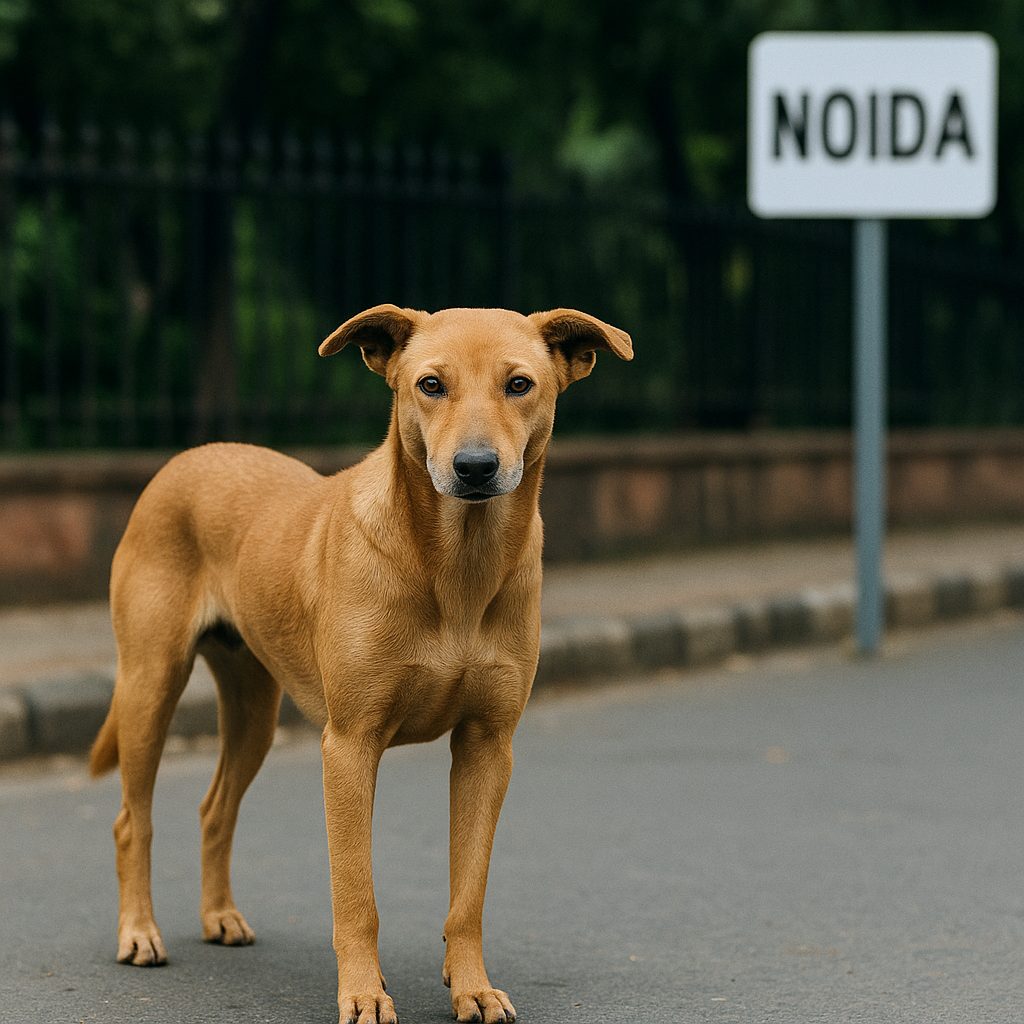As the population of stray dogs continues to rise in Delhi’s residential areas, Resident Welfare Associations (RWAs) are calling on the government to take decisive and humane action. The debate, which has simmered for years, is once again at the forefront after several recent incidents of aggression, especially involving children and the elderly. With growing concerns around public safety, animal welfare, and urban governance, the issue has triggered a complex dialogue involving civic bodies, NGOs, and citizens alike.
What Are RWAs Demanding?
RWAs from multiple colonies across Delhi have formally written to the Delhi government and civic agencies, requesting:
- Immediate sterilization and vaccination of stray dogs under the Animal Birth Control (ABC) Rules, 2023
- Clear jurisdictional accountability from the Municipal Corporation of Delhi (MCD) and Animal Husbandry Department
- Safe and humane relocation in cases of repeated aggression
- Transparent reporting and tracking of stray dog-related complaints and actions
RWAs argue that while they are not against the presence of community dogs, the current population has become unmanageable. In areas like East Delhi, Pitampura, and parts of South Delhi, RWAs say packs of dogs now roam freely in residential complexes, parks, and even near schools, posing risks to residents.
The Legal Framework and Current Roadblocks
Under the Prevention of Cruelty to Animals Act and Supreme Court-backed ABC guidelines, stray dogs cannot be relocated or killed. Only sterilization, vaccination, and return to the same locality are permitted. This puts municipal authorities in a bind, especially when aggressive behavior is reported.
Animal rights activists warn against knee-jerk reactions. “The problem is not the dogs, but the failure to implement the ABC program effectively. If we sterilized at least 70% of the population, the aggression would go down,” says Priya Singh, a volunteer with a Delhi-based animal NGO.
However, RWAs say that in many wards, sterilization efforts are either not happening at all or are too sporadic to be effective. Some claim that civic bodies do not respond to complaints or remove dogs after reports of bites.
Bite Incidents and Public Safety: What the Data Shows
Delhi has seen a sharp rise in dog bite cases. According to MCD records:
- Over 90,000 dog bite cases were reported in 2023 across the capital
- Hospitals in West Delhi and North Delhi are witnessing a surge in rabies vaccine demand
- Parks and play areas are becoming hotspots for dog-related conflicts, especially early morning and late evening
Parents and senior citizens are the most vocal about these risks. “My child was bitten outside our gate. We complained multiple times but got no response. We feed strays ourselves, but there must be a balance,” says Rakesh Malik, an RWA member from Mayur Vihar.
Where Do Civic Agencies Stand?
The Municipal Corporation of Delhi’s Animal Welfare Wing says it is working on expanding its sterilization capacity and has floated new tenders for NGOs to help cover more zones. A senior MCD official told NCR Guide:
“The problem is real, but the solution is procedural. We are increasing our outreach, especially in outer and semi-urban wards where dog populations are growing faster.”
However, experts believe that lack of coordination between departments, insufficient NGO capacity, and poor tracking systems are holding back progress.
The Way Forward: Can Balance Be Struck?
The current stalemate between public safety and animal rights points to a deeper need for coordinated urban governance. Many suggest a hybrid solution:
- Zonal sterilization drives with verifiable data
- Public dashboards for bite incidents and sterilization progress
- Community feeders working with RWAs and NGOs to identify aggressive dogs early
- School-level awareness about interacting with strays
Delhi’s situation is not unique. Other metros like Bengaluru and Mumbai are facing similar issues, but cities that invested early in ABC infrastructure—like Jaipur—have seen notable improvement.
Without sustained intervention, both stray dogs and residents remain at risk—of conflict, disease, and mistrust.
Frequently Asked Questions
What are Delhi RWAs demanding regarding stray dogs?
Resident Welfare Associations (RWAs) in Delhi are urging civic authorities to take immediate action on the growing stray dog population. Their primary demands include sterilization, vaccination, transparent grievance redressal, and accountability from the MCD.
Can stray dogs be removed or relocated in Delhi?
Under the Animal Birth Control (ABC) Rules and Supreme Court guidelines, stray dogs cannot be relocated or killed. They must be sterilized, vaccinated, and released back into the same locality.
Are stray dogs in Delhi becoming more aggressive?
Yes, many RWAs and residents report increasing incidents of aggression, especially involving children and the elderly. However, animal welfare groups argue that aggression is often linked to unsterilized populations and lack of community awareness.
Who is responsible for managing stray dogs in Delhi?
The Municipal Corporation of Delhi (MCD) and the Delhi Animal Husbandry Department are responsible for implementing sterilization, vaccination, and monitoring under the ABC program.
How many dog bite cases are reported in Delhi each year?
In 2023 alone, over 90,000 dog bite cases were reported across Delhi, with the highest numbers in densely populated residential zones like West Delhi and Pitampura.
What is the solution to Delhi’s stray dog problem?
Experts recommend large-scale sterilization, public awareness programs, better NGO coordination, and transparent tracking of sterilization and vaccination progress to ensure both public safety and animal welfare.
Can RWAs take action against stray dogs on their own?
No. RWAs are not legally permitted to remove or relocate stray dogs. They can only escalate concerns to the MCD or work with registered animal welfare NGOs to ensure humane intervention under legal frameworks.

